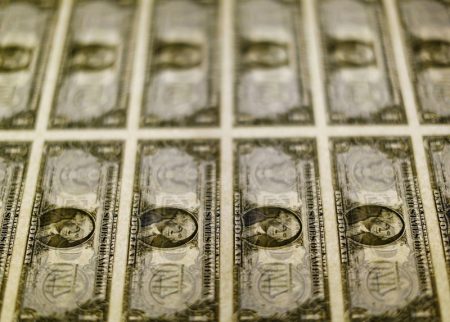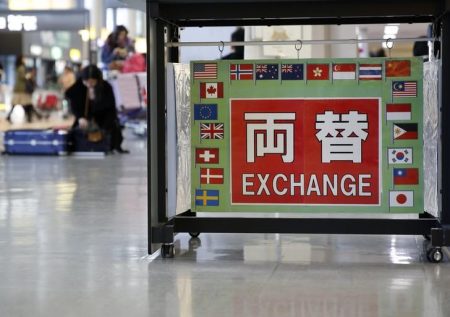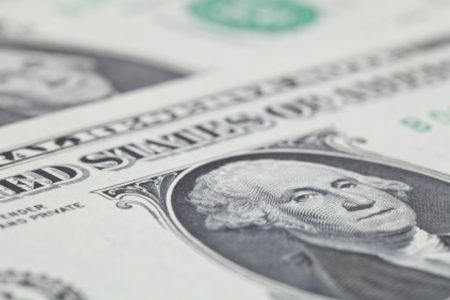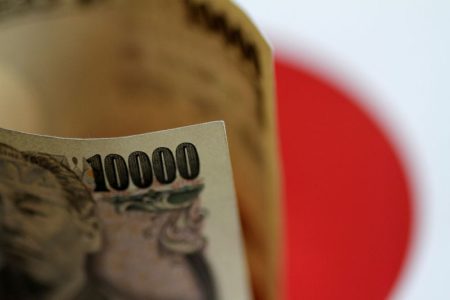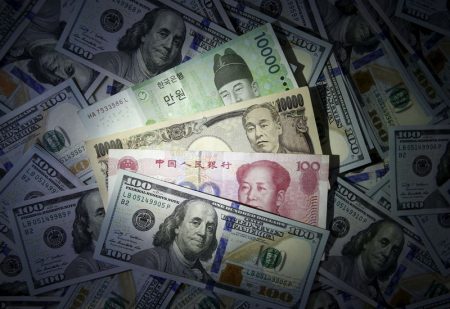By Rae Wee
SINGAPORE (Reuters) – The dollar traded sideways on Tuesday as investors braced for a slew of central bank meetings this week, while the yen languished near a 10-month low as Japan’s ultra-loose monetary policy once again came under fire.
Currency moves were largely subdued in Asia trade as the Federal Reserve’s impending rate decision on Wednesday stayed top of mind, with the spotlight in Asia also on the Bank of Japan’s (BOJ) policy decision due Friday.
The yen fell 0.1% to 147.76 per dollar and was kept pinned near last week’s 10-month low of 147.95 per dollar.
Expectations are for the BOJ to keep interest rates ultra-low on Friday and reassure markets that monetary stimulus will stay, at least for now, even as Governor Kazuo Ueda stoked speculation of an imminent move away from ultra-loose policy.
“Our sense is that the BOJ needs ammunition in order to back itself in terms of any shift or even any guidance for (a) potential shift in policy over the coming six months to the next year,” said Rodrigo Catril, senior FX strategist at National Australia Bank (OTC:) (NAB).
“And we think that that needs to happen with a set of new forecasts, and that’s why we don’t think that we will get many surprises on Friday.”
Elsewhere, the slipped 0.09% to $0.64315, shrugging off minutes of the Reserve Bank of Australia’s (RBA) September meeting that showed it considered raising rates by 25 basis points, before eventually deciding to hold the benchmark cash rate unchanged.
The U.S. dollar edged marginally higher, straying not too far from a six-month peak hit against its major peers last week,
The gained 0.11% to 105.20, while the New Zealand dollar edged down 0.03% to $0.59155.
Money markets expect the Fed to keep rates on hold at its upcoming meeting, according to the CME FedWatch tool, though focus will be on the central bank’s forward guidance.
“The market is fully pricing in a hold and this meeting was always likely to be a pass since the Fed skipped June, effectively moving to an every-other-meeting cadence,” said Erik Weisman, chief economist and portfolio manager at MFS Investment Management.
“The market will be looking for any hints that the Fed may be leaning towards another hike by year end or that a more persistent pause is in order.”
The euro meanwhile gave up some of its gains from the previous session and was last 0.12% lower at $1.0678.
It had risen alongside euro zone government bond yields on Monday, following hawkish comments from European Central Bank (ECB) policymakers that further rate increases were on the cards.
“With ECB speak noting how inflation is not expected to come down anytime soon… we should all be gearing to this idea that the cash rate will remain elevated for an extended period of time, and potentially a very long period of time,” said NAB’s Catril.
A Reuters report saying the ECB may soon start discussing how to tackle the multi-trillion-euro pool of excess liquidity sloshing around banks also lifted the single currency.
This stash of money dulls the impact of the ECB’s rate hikes by reducing competition for deposits and results in hefty interest payments – and ensuing losses – by some central banks.
In other currencies, sterling edged 0.04% higher to $1.2390, ahead of an interest rate decision from the Bank of England (BoE) also due this week.
While the BoE is expected to deliver another rate hike on Thursday, the increase could mark the central bank’s last in its current tightening cycle as a cooling economy begins to worry policymakers.
Read the full article here

